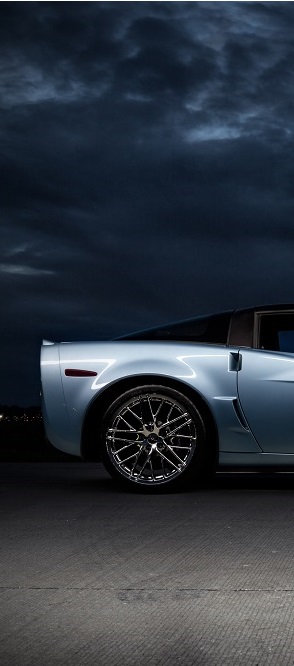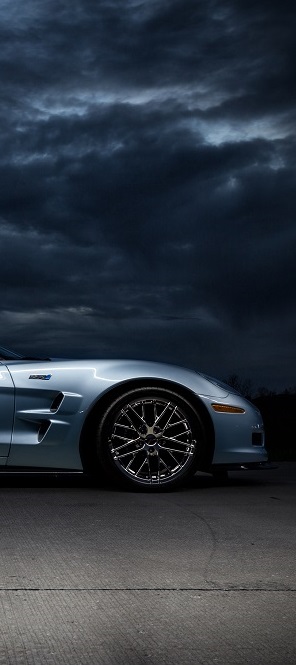

Chrysler Hemi Power- Hemispherical by design-1 of 5
Chrysler Hemi automotive engine has been made in three generations of either V6 or V8 engines starting in the 1951 model year as the “FirePower” until 1958. The second generation was made available from 1964 until 1971 and manufacture again began with the 2003 model year. The Hemi or hemispherical combustion chamber is not unique to Chrysler products although the term “Hemi” is now a Chryco trademark although the design has been used periodically by many engine manufacturers over the years
© Clewisleake | Dreamstime.com – 1953 Desoto Club Coupe Black And Tan Photo
The hemispherical combustion chamber is bowl shaped and allows for the intake and exhaust valves to be mounted on either side of the blocks firing chambers with the spark plugs most often mounted centrally in the head(s). This allows for the intake and exhaust manifolds to be mounted on either side of the engine block which straightens out the air flow passages and is known as a cross-flow-head design. The intake side has the fuel-air mixture inlet, then combustion, and exhausted gases flow directly across the firing chamber and out the other side. This design creates a more efficient air flow than most other internal combustion engines which cause the gasses to reverse their direction of travel to be exhausted. The hemi cross flow design can offer a higher horse power rating with a similar displacement to a more conventional internal combustion engine. The increased air flow is responsible for higher hp but there is a disadvantage in that the exhaust gases can be exhausted before being fully combusted without the quench and swirl of the more common wedge designs. This engine design has intake and exhaust valves facing different directions facilitating the need of more complex rocker arm geometry. There are wider cylinders in both cam-in-block- as well as overhead cam designs making the engine wider than most other internal combustion engines. The hemi engine normally features domed piston to get the desired compression ratio while the spark plug located directly above will help to facilitate more complete combustion. The hemi engine can be more susceptible to valve ping without a higher octane fuel and will operate most efficiently at higher rpm.
© Toynutz | Dreamstime.com – Chrysler Town & Country 1948 Photo
The first Chrysler experimental hemispherical engine was to be used for the U.S. military on the Republic P-47 Thunderbolt fighter planes as an inverted Hemi V16 beginning in 1945. These experiments never reached the production stage but they gave Chrysler engineers useful development information in the operation of the two valve Hemi combustion chamber dynamics. Chrysler designers and engineers also worked with Continental on developing an air cooled V12 hemi engine used in the M47 Patton tank. The first Chrysler Hemi was marketed in 1951 as “FirePower” and the engine is over-square; that is the bore is larger than the length of the piston travel. This engine incorporates all of the principles of the Hemi Chryco learned on the military front. The first units produced in 1950 for the ’51 model year were in an overhead-valve 331 cu in (5.1 L) V8 which produces 180 bhp (134.2 kW) although it is not long before all Chrysler divisions are producing their own versions of different displacements with no or very few interchangeable parts. The Chrysler and Imperials are called the “FirePower”, Desoto has the “FireDome” while Dodge markets the “RedRam”. These three are manufactured until the ’58 model year and are collectively known as the first generation. They are easily spotted by the rear mounted distributor and the central spark plugs between wide valve covers. Race driver Briggs Cunningham used a Chrysler engine in some of his Cunningham C5-R race cars between 1953 and 1958 with a good success rate.
Republished by Blog Post Promoter










